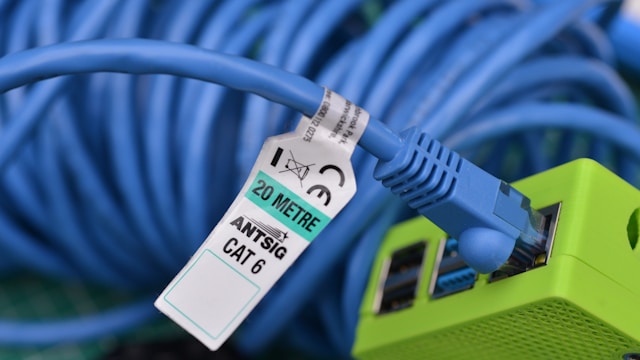Better, Faster, and Smarter Delivery of Government Services
The general population’s impression of government agency services, whether deserved or not, is that they are slow, tiresome, inefficient, manual and staffed by employees who are working with outdated equipment and against red tape imposed by bureaucrats. In great contrast is the general population’s experience of smartphones, which provide them reams of information and access to people, products, maps, and services conveniently, dependably and at any time or location. Companies like Google and Amazon have similarly efficient platforms that have set new high standards for customer satisfaction.
New Digital Government Software Platforms
ProudCity and Akumina are two new leading digital workplace software platforms designed to improve communication between governments and their constituencies by having better systems, services, processes, analytics and more. These platforms are similar to the iPhone ecosystem, which has an app store and allows everything to run smoothly.
The United States General Services Administration (GSA), for example, is beginning to use this type of software technology, aka PAAS or “Platform as a Service,” to improve its value by transforming services delivery to citizens. PAAS software platforms are generally open-source projects that utilize software platforms such as GitHub that provide collaborative workspaces and code repositories.
New Moonshots in Government-as-a-Platform
Estonia’s X-Road System is one of the original government PAAS systems that integrates multiple digital government software systems to deliver world-class services to its citizens. Given tighter government budgets, coming up with a plan to improve services while cutting costs has become a major challenge on par with “moon shots” such as NASA’s challenge to place a man on the moon and the Manhattan project.
The concept of government as a platform was first mentioned by Tim O’Reilly, whose vision was to transform traditional government IT into platforms resembling Facebook, Amazon, or Twitter. The general idea was to create a “shared infrastructure” that could be continuously improved and upgraded significantly more rapidly than current software systems.
Previous programs such as GAAP “Generally Accepted Accounting Principles” have helped governments and their agencies to save money, improve efficiency, procurement, infrastructure and services while using a common administrative platform or process.
Changing Paradigm to Improve Agility, Reduce Friction
The changing paradigm increasingly being explored and used by governments is to allow citizens to drive public policy reform and modernization. It is the view of many involved in building these software systems that requiring citizens physical attendance is often not necessary for most government transactions. The idea is to eliminate bureaucratic paper trails and to make the system so simple that citizens can easily succeed by using digital channels.
Recently, European Union (EU) member states have agreed to begin working toward digital government by following the lead suggested by Estonia. At the same time, companies such as Siemens are working to accelerate how information is handled. For example, the typical simple factory machine might have 1,000 data points whereas a smartphone may only have a handful. Siemens has recently partnered with Amazon to rollout MindSphere. MindSphere seeks to take every possible source of data from machines and physical infrastructure and feed that information into apps and digital services.
The same idea can be applied to digital government, where cloud-based software platforms will allow governments to digitize everything, improve workflows, enhance productivity, and better understand their constituents and engage them quickly and easily.
In Singapore, the Smart Nation and Digital Government Group (SNDGO) and Government Technology Agency (GovTech) have created a national digital identity framework that permits transactions between citizens and businesses.
The book “Digital by Design” is one of the current handbooks to help governments understand how to improve communication and collaboration of government agencies in a cost-effective manner.
Code for Canada shows how city governments can make their online software open source. The idea is to connect Canadian citizens to the system so that they can connect applications to government information. This access can be turned on and off as necessary. This is similar to the way in which a Chrome browser user may allow applications access to the browser to improve functionality. At the same time, the Canadian government is allowing access to certain data sets that citizens can use.
Offsite Access
Of course, governments are concerned about protecting information and not losing control of it, but one way to improve programs and lower cost is to allow off-site access for both workers and citizens to certain types of data. In the U.S., the Digital Analytics Program (DAP) (https://www.digitalgov.gov/services/dap/) provides advanced web analytics to federal agencies.
This is an example of a “cross-platform” asset that can be used by many different agencies within a government. In addition, apps have been written that can be used “cross-platform” thereby saving time and money while providing more usable programs to support staff and citizens.
Modernizing Government Technology (MGT) Act
The U.S. government just passed the MGT, which seeks to:
- improve, retire, or replace existing information technology systems to enhance cybersecurity and to improve efficiency and effectiveness;
- transition legacy information technology systems to cloud computing and other innovative platforms and technologies;
- assist and support efforts to provide adequate, risk-based, and cost-effective information technology capabilities that address evolving threats to information security.






